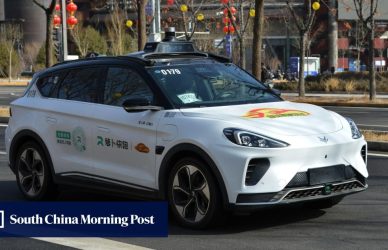When disasters strike, Google products like Search and Maps help billions of people make critical decisions to stay safe. Our flood forecasting information — now covering more than two billion people — provides life-saving forecasts before the most significant river floods. It’s helped organizations like World Vision get drinking water and food to communities when they need it most. And during the devastating 2025 California wildfires, we provided crisis alerts with information from local authorities to 15 million people across Los Angeles while showing them where to find shelter in Google Maps. This is all made possible by our geospatial AI models, not only for floods and wildfires, but cyclones, air quality and many more.
We recently introduced Google Earth AI, bringing together these geospatial models to help tackle the planet’s most critical needs. Earth AI is built on decades modeling the world, combined with state of the art predictive models and Gemini’s advanced reasoning, letting enterprises, cities and nonprofits achieve deeper understanding in minutes — efforts that previously required complex analytics and years of research.
Today, we’re advancing Earth AI’s innovations and capabilities, and expanding access around the globe. Here’s how:
Connecting the dots with Geospatial Reasoning
To solve a complex problem, you need to see the whole picture, not just one piece of it. That’s the idea behind Geospatial Reasoning, a framework powered by Gemini that now lets AI automatically connect different Earth AI models — like weather forecasts, population maps and satellite imagery — to answer complex questions.
Instead of just seeing where a storm might hit, our latest research demonstrates that analysts can use Geospatial Reasoning to identify which communities are most vulnerable and what infrastructure is at risk, all at once. For example, Geospatial Reasoning empowers the nonprofit GiveDirectly to respond to disasters by combining flood and population density information, helping them identify who needs direct aid most.
Sign up for consideration to become a Trusted Tester for Geospatial Reasoning. Social impact organizations can learn about future support for nonprofits through Google.org and our non-commercial access programs.










